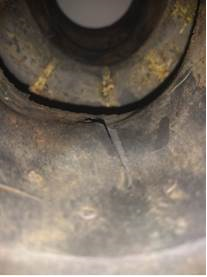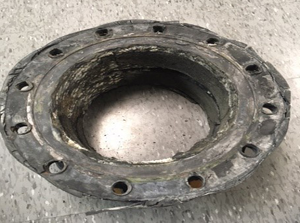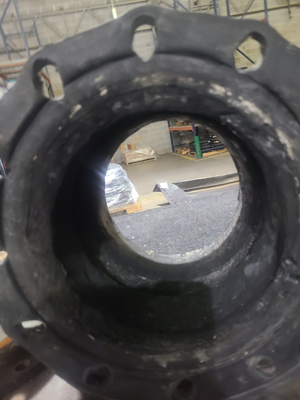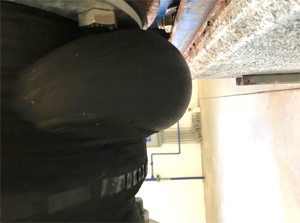Troubleshooting Rubber Expansion Joint Failures
Rubber expansion joints are used to reduce vibration, lessen sound transmission, and compensate for lateral, torsional, and angular movements. Rubber expansion joints are beneficial because they have lower force requirements, therefore, isolating movements within its arch. Reduction of fatigue, minimalization of heat loss, resistance to corrosion and erosion, and no gasket requirements are also benefits of the rubber expansion joint. Rubber expansion joints are susceptible to failure when misused or not properly installed. The most common failures of rubber expansion joints result from the expansion joint being misused. The important thing to remember when purchasing an expansion joint is to ensure that the service conditions are understood. If misunderstood, the expansion joint could be misused and lead to early failure of the joint. Key service factors that should be known are temperature, pressure, media, and vacuum.
Understanding and seeing the effects of these common misuses of the joints helps illustrate the importance of proper use. When proper operating conditions are met, expansion joints can have a life cycle of several years. Proper support to the piping system is a vital factor. If proper anchoring is not attainable, control units can be used to help stabilize the system. Understanding the chemical properties of the media contained in the system and its effects on rubber compounds alleviates another common error.
Some common examples of misuse include:
| Example | Effect on Rubber Expansion Joint |
|---|---|
System not being properly anchored |
When the piping is not properly anchored, the pressure thrust can cause movement leading to expansion joint damage. |
Not using control units |
When control units are not used, it will allow the expansion joint to overextend or cause too much compression. |
Media incompatibility |
The incompatibility of rubber and media will cause deterioration of the expansion joint. |
Over-torching bolts |
Over-torching the bolt will cause too much pressure on the sealing surface preventing the expansion joint from containing the media. |
Raised face mating flange |
Mating a rubber expansion joint to a raised face surface of more than 1/16” has the risk of cutting into the rubber. |
Over pressurization |
When a system exceeds the maximum operating pressure, it will cause the expansion joint will over-expand. |
Too much vacuum in application |
When a system has excessive vacuum pressure, the inner ply of rubber will pull away from the body of the rubber expansion joint. |